A Brazilian bucks
Brazil loves debt.

Recently, I've heard how my workplace's expansion to Brazil has been taking longer than anticipated because of their different approach to consumer commerce, especially due to the prevalence of the split payments model.[1] I had a bit of a back and forth with GenAI on the reasons and found out that this was due to their historical hyperinflation, especially in the '80s and '90s when inflation peaked at almost 3000%.[2]
To allow consumers to purchase items beyond their current means while stabilising purchase prices at pre-inflation levels, the crediario was established by merchants in the mid-20th century.[3] This allowed customers to split their purchases over multiple set timeframes, without charging interest.[4]
Crediario was done on a store-by-store basis, and was therefore direct from business to customer, with no banking intermediary. Of course, the credit card companies then created their own product - the parcelamento,[5] which allowed credit cards to offer the split payment options across multiple retailers, therefore taking the risk off the merchant.
Now, the 'split payment' culture is so strong and widely offered in Brazil, that:
- Parcelamento accounts for about 48% of credit card volume,[6] with about 40% of people over 15 owning a credit card.[7]
- 80% of e-commerce payments in Brazil are split into instalments (be it via credit cards or other BNPL services).[8]
As for the effects of this consumerist instalment culture, 46.6% of the adult population in Brazil have at least one overdue payment on their debts.[9] For context, the 30-day delinquency rate (which granted, is a similar but different statistic) of the US is about 18%.
Think Klarna, Afterpay, etc. ↩︎
https://www.statista.com/statistics/1391880/average-inflation-rate-brazil/. ↩︎
https://thebrazilbusiness.com/article/introduction-to-crediario. ↩︎
It also turns out that this article is pretty relevant to Turkey as well, which also struggles with inflation. Their system is called Taksitli Ödeme. ↩︎
https://www.pagbrasil.com/blog/payments/brazils-favorite-payment-method/ ↩︎
https://www.demarest.com.br/banco-central-divulga-estatisticas-de-pagamentos-de-varejo-e-de-cartoes-no-brasil-referentes-a-2023/?utm_source=chatgpt.com. ↩︎
https://genderdata.worldbank.org/en/indicator/fin7-t-a?gender=total. ↩︎
https://www.adyen.com/payment-methods-guides/latin-america/brazil?utm_source=chatgpt.com. ↩︎
https://valorinternational.globo.com/economy/news/2025/05/19/nearly-half-of-brazilian-adults-are-in-default.ghtml. ↩︎





